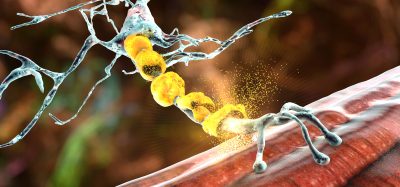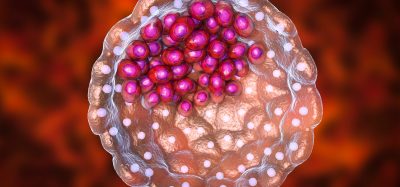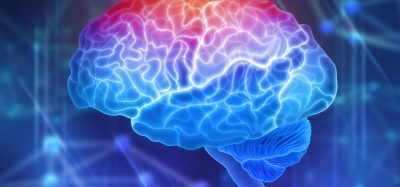Scientists create brain organoids to understand autism
Posted: 8 April 2022 | Ria Kakkad (Drug Target Review) | No comments yet
Researchers have been using brain organoids to understand how a mutated gene affects the brain at its very early stage of development.
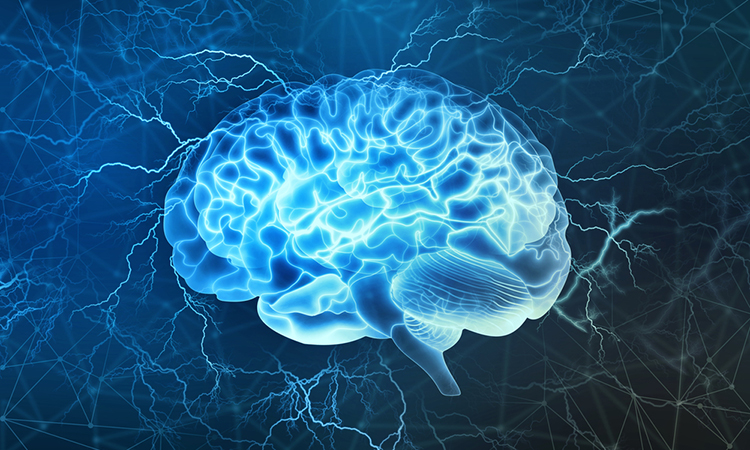
Several genes are associated with autism spectrum disorders (ASD). For example, patients with mutations of the gene CHD8 frequently have intellectual disabilities and macrocephaly, an unusually large brain. However, it has been unclear how CHD8 causes these symptoms. The Institute of Science and Technology Austria has collaborated with the Italian Human Technopole Institute, the European Institute of Oncology, the University of Milan, all Italy, and the Allen Institute for Brain Science, US to create brain organoids to understand how CHD8 mutations affect the brain. The study was recently published in Cell Reports.
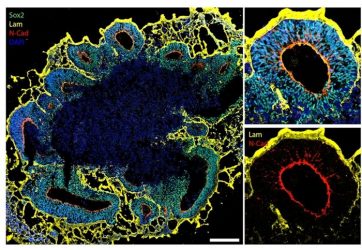
Using specific protein markers, it is possible to observe structural details of organoids (yellow and red) as well as all the organoid cells in blue and green
[Credit: © Novarino group/ISTA].
Over the past years, many researchers therefore used mice as model organisms to better understand these mutations. “But mice with a CHD8 mutation barely showed the symptoms human patients are showing. The effects in mice are not comparable to humans. We needed some kind of human model,” researcher Professor Gaia Novarino explained.
In petri dishes, the team created brain organoids with and without mutations of the gene CHD8. The team noted that the mutant organoids started to produce a specific type of neurons, inhibitory neurons, much earlier than the control group. So-called excitatory neurons, however, were created later. Furthermore, the mutant organoids produced significantly more proliferating cells that later produced a larger amount of this kind of neurons. Overall, the scientists concluded that this leads to them being considerably bigger than the organoids without CHD8 mutations correlating with the patient’s macrocephaly.
“Looking at different time points gives us the information that what you see in the end might not be the full picture of how the brain of a patient developed – much more might have happened before,” said Novarino. “We still have a limited understanding of how different trajectories affect functions of the brain.”
NEWS: Scientists have opened a path towards triple-negative breast cancer treatment, by creating organoids from tumour samples.
READ MORE
To help patients with a CHD8 mutation, the basics of brain development need to be better understood. By reproducing genetic and clinical features from ASD patients in brain organoids, the researchers made a significant contribution.
Related topics
Gene Testing, In Vitro, Organoids
Related conditions
autism spectrum disorders (ASD)
Related organisations
Allen Institute for Brain Science, Institute of Science and Technology Austria, Italian Human Technopole Institute, the European Institute of Oncology, the University of Milan
Related people
Professor Gaia Novarino





